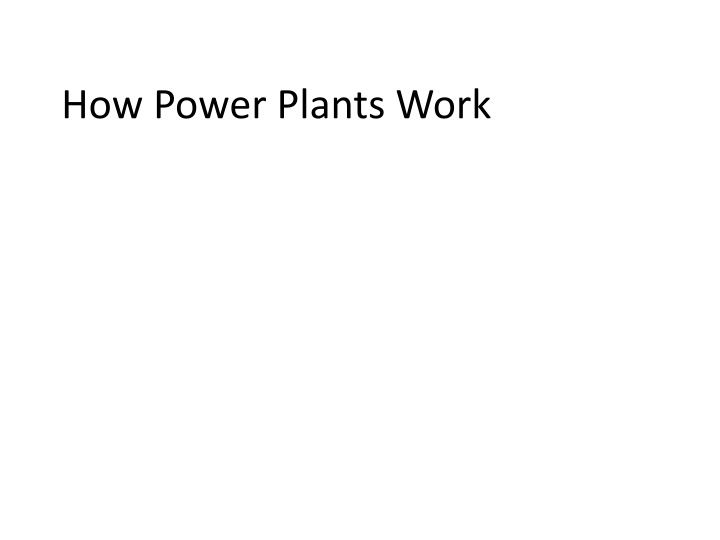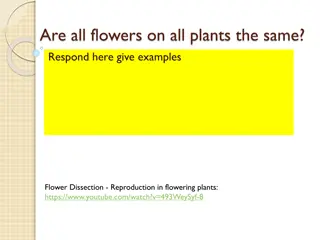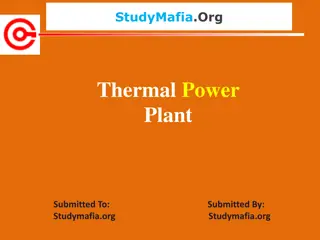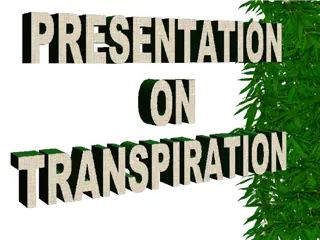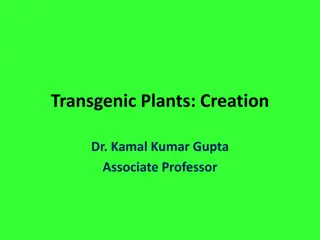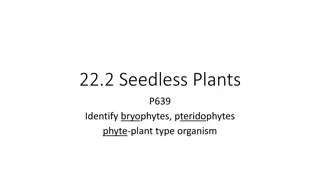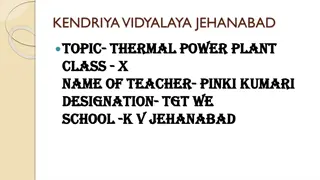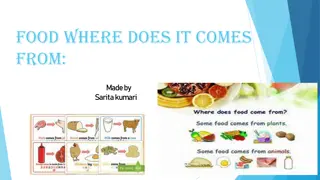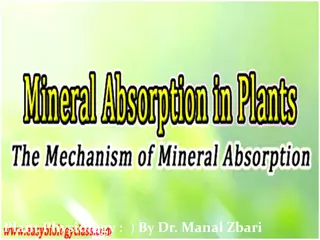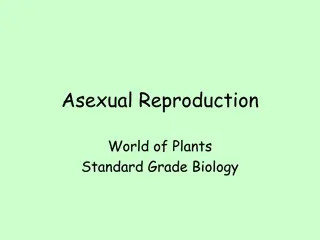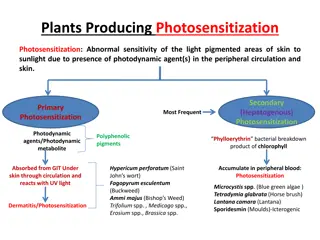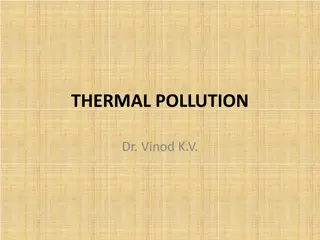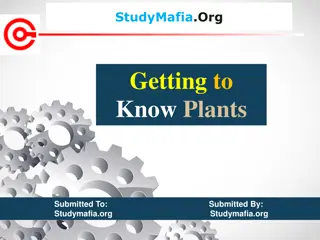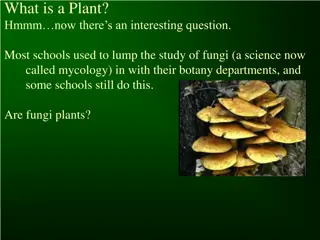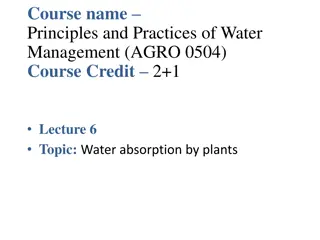How Power Plants Work
Electricity is a fundamental aspect of modern life, generated from various sources including power plants, solar panels, and more. Learn about the basics of electricity, the workings of power plants, different sources of electricity, and key theories guiding electrical circuits. Explore the difference between alternating current (AC) and direct current (DC) and the significance of Kirchoff's laws in understanding electrical systems.
Download Presentation

Please find below an Image/Link to download the presentation.
The content on the website is provided AS IS for your information and personal use only. It may not be sold, licensed, or shared on other websites without obtaining consent from the author.If you encounter any issues during the download, it is possible that the publisher has removed the file from their server.
You are allowed to download the files provided on this website for personal or commercial use, subject to the condition that they are used lawfully. All files are the property of their respective owners.
The content on the website is provided AS IS for your information and personal use only. It may not be sold, licensed, or shared on other websites without obtaining consent from the author.
E N D
Presentation Transcript
What is electricity? Charge is one of the fundamental characteristics of matter Particles like protons and electrons have a certain charge associated with them Whenever charge builds up in a particular location, there are associated fields and potentials that are created Since protons are several orders of magnitude heavier than electrons, we are interested in the movement of electrons In semiconductor physics, engineers use the movement of both electrons and the absence of electrons, known as holes, to model structures Basically, electricity is the phenomenon associate with the presence and flow of electric charge
What are some sources of electricity? Lightning. Electrostatic discharge between electrically charged regions between clouds, or a cloud and the Earth's surface Batteries. Converts electrochemical energy into electrical energy Solar Panels. Generates electrons (and holes) upon exposure to light via the photoelectric effect Piezoelectric Materials. Crystals that generate electrons in response to applied mechanical stress Generators. Generates electricity by rotating a magnetic rotor inside conducting stator windings
Where do we get electricity from? Power plants (coal, natural gas, nuclear), hydro-dams, wind turbines, solar panels Which provides the most electricity for us? Coal Natural Gas Nuclear Hydro Everything else
What does a circuit look like? Source: BBC
Basic theory describing electricity. Kirchoff's Current Law: All currents into a node sum to zero Kirchoff's Voltage Law: All voltages in a loop sum to zero Ohm's Law: V = IR Electric power in a circuit: P = IV = V2=R = I 2R Voltage is measured in volts (V) Current is measured in amperes (A) Resistance is measured in ohms ( )
Alternating current vs. Direct current AC power is like an ocean wave DC power is like a river current
Comparison of AC vs DC AC Easier to transform between voltages Cheaper, simpler, and more reliable than DC DC First to be installed in urban areas More expensive, more intricate, and less reliable than AC More voltage losses during transmission Used for computers and other electronic devices Fewer voltage losses during transmission Used for motors in refrigerators and washer/dryers
Basic Structure of the Electric System Source: U of Idaho
Basic structure of a power plant Figure Source: CO2CRC
Power plant process (wet side) 1. Bring in the fuel 2. Process the fuel 3. Burn the fuel 4. Heat steam in the boiler, creating higher pressure steam 5. Power the turbine 6. Condense the steam using cool water to remove waste heat 7. Dispose of by-products (carbon dioxide, ash, etc.)
Power at your house process (dry side) 1. Transform the generator output 2. Transmit the energy to your house 3. Step down the voltage for distribution 4. Turn on your lightbulb
